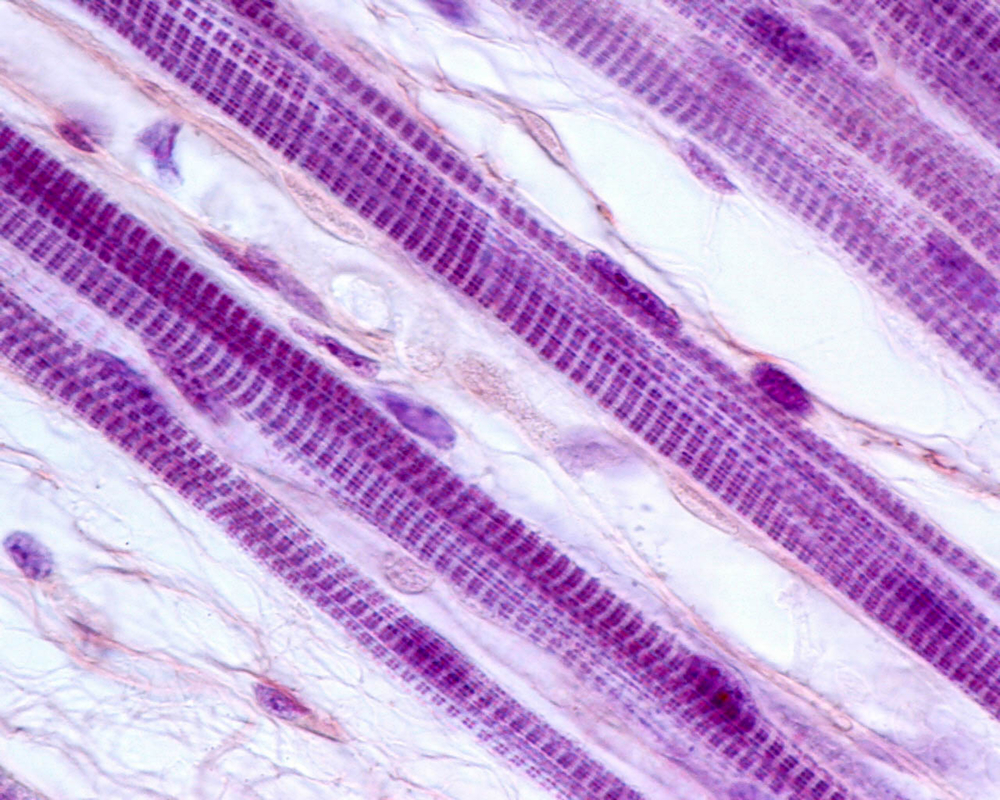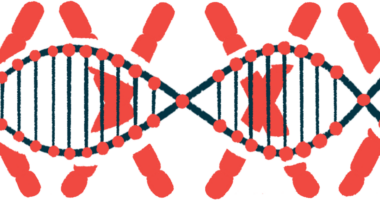Gene Controlling Muscle Regeneration in MD-like Diseases Identified in Study
by |

Researchers from New York University (NYU), Langone Medical Center, and the University of Colorado at Boulder have found that the protein product of a gene called AUF1 determines whether muscle stem cells maintain their ability to regenerate muscles lost by injury or as a result of aging or diseases such as muscular dystrophy.
According to the study “Targeted mRNA Decay by RNA Binding Protein AUF1 Regulates Adult Muscle Stem Cell Fate, Promoting Skeletal Muscle Integrity,” published in Cell Reports, AUF1’s activity may play a critical role in muscular dystrophies such as Duchenne MD and limb girdle MD.
“This work places the origin of certain muscle diseases squarely within muscle stem cells, and shows that AUF1 is a vital controller of adult muscle stem cell fate,” study author Robert Schneider, PhD, said in a press release. “The stem cell supply is remarkably depleted when the AUF1 signal is defective, leaving muscles to deteriorate a little more each time repair fails after an injury.”
Muscle stem cells are pools of unspecialized cells that remain dormant around adult muscle cells. Upon muscle damage, these stem cells are activated and start to divide to regenerate new muscle tissue, a process likely to be controlled by AUF1.
When the team silenced the AUF1 gene in mice models, the activity of a protein regulating adult muscle regeneration (called MMP9) was increased, resulting in reduced muscle repair by muscle stem cells. Upon administration of a MMP9 inhibitor, normal muscle stem cell function was restored.
According to the researchers, this may provide a potential therapeutic avenue for people with certain types of adult-onset muscular dystrophies.
“We may be able to treat a variety of degenerative diseases by enhancing resident tissue stem cells through targeting MMP9 and its pathways, even those with normal AUF1,” said Schneider.
AUF1 is a protein that controls gene expression by binding to messenger RNA (mRNA), an intermediate molecule between a gene and its protein product. Once AUF1 binds to a specific sequence found at the end of mRNA, it recruits mRNA degradation machinery to the site. However this does not seem to be its only function.
“It was once thought that AUF1 did no more than tag mRNAs that were not needed so they could be disposed of, a utilitarian protein of little interest,” said Devon Chenette, the study’s first author. “To the contrary, our results suggest that AUF1 has evolved to be a key regulator of stem cell fate and the related regenerative ability of adult tissues.”







